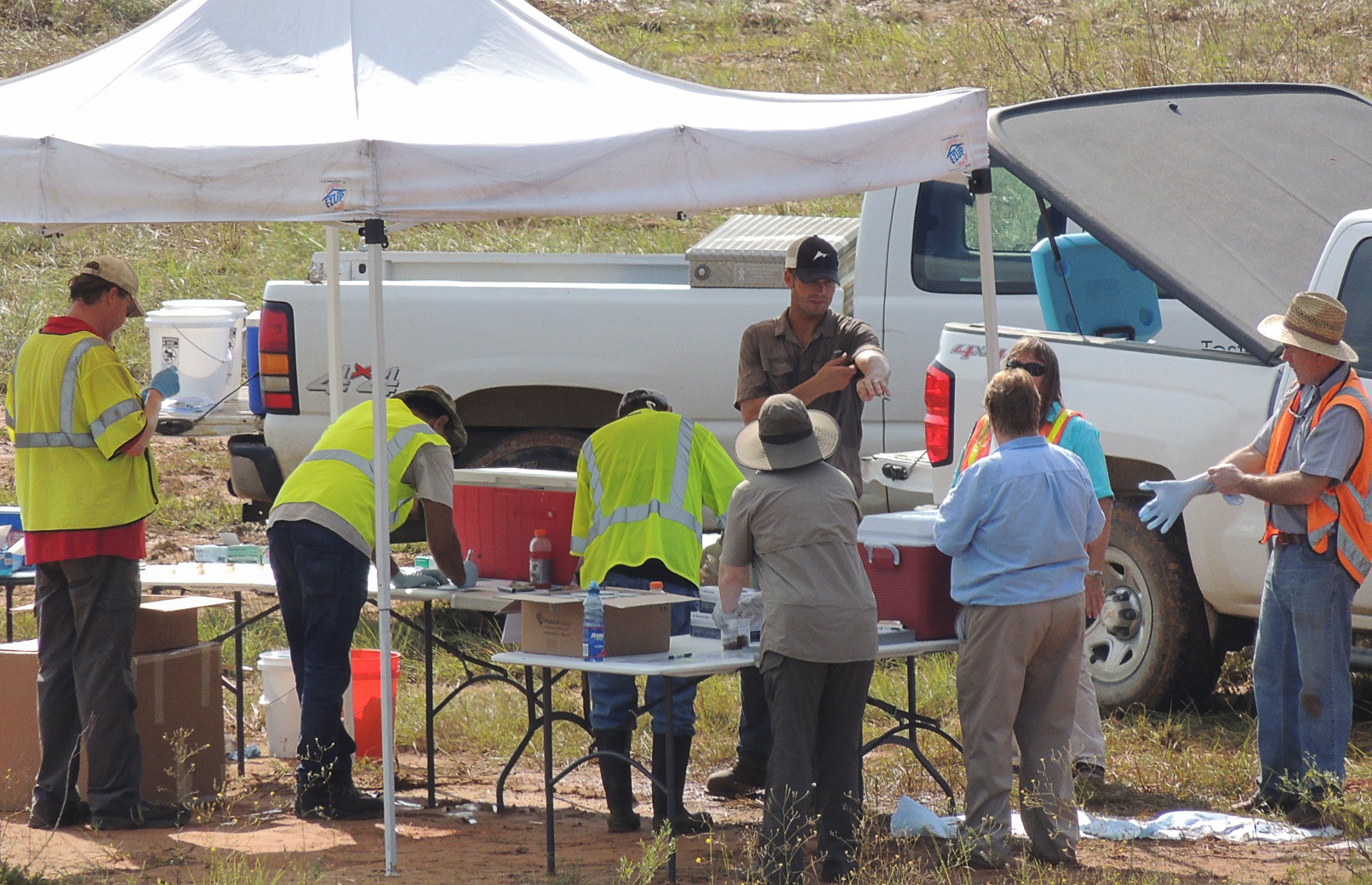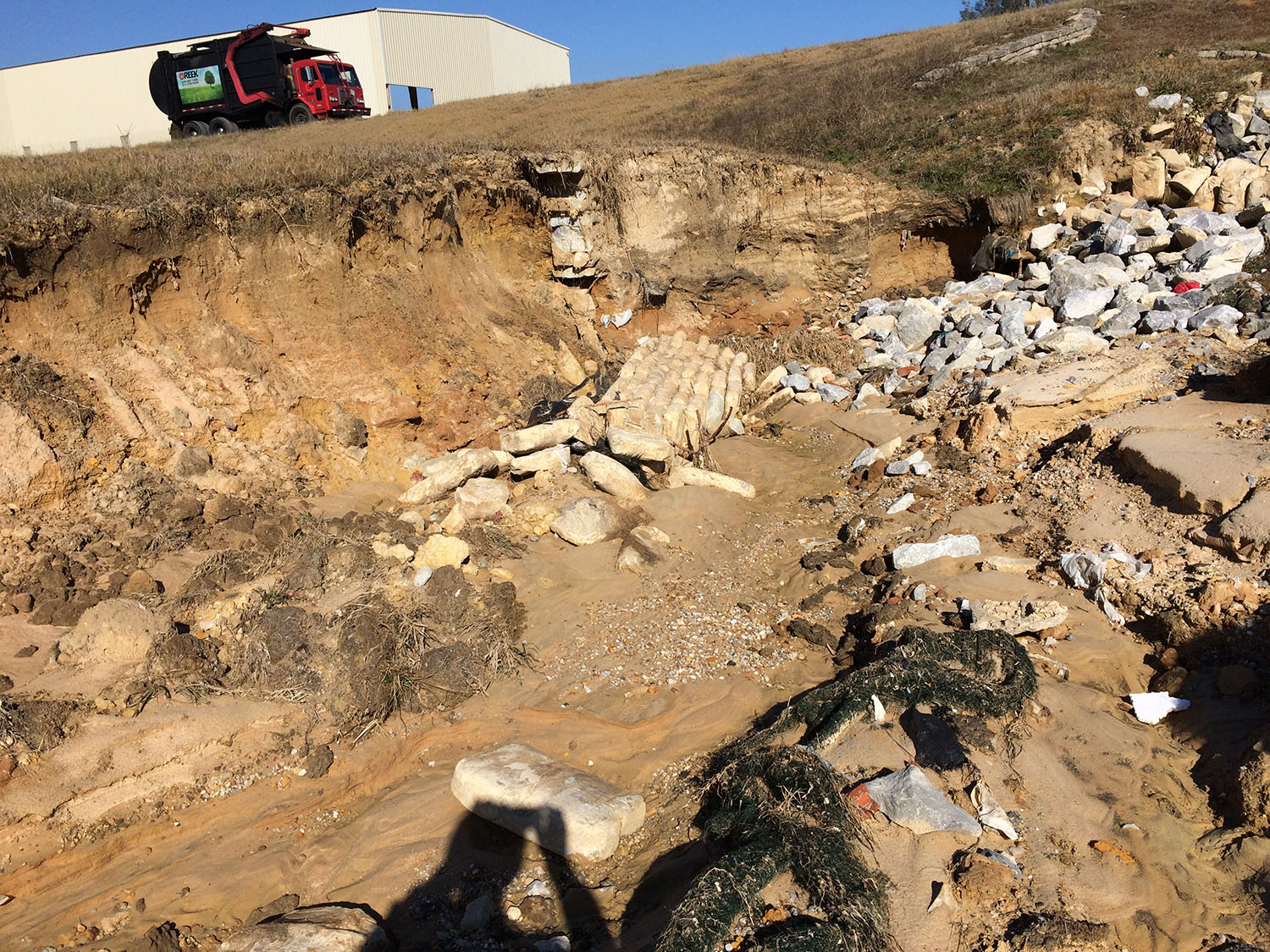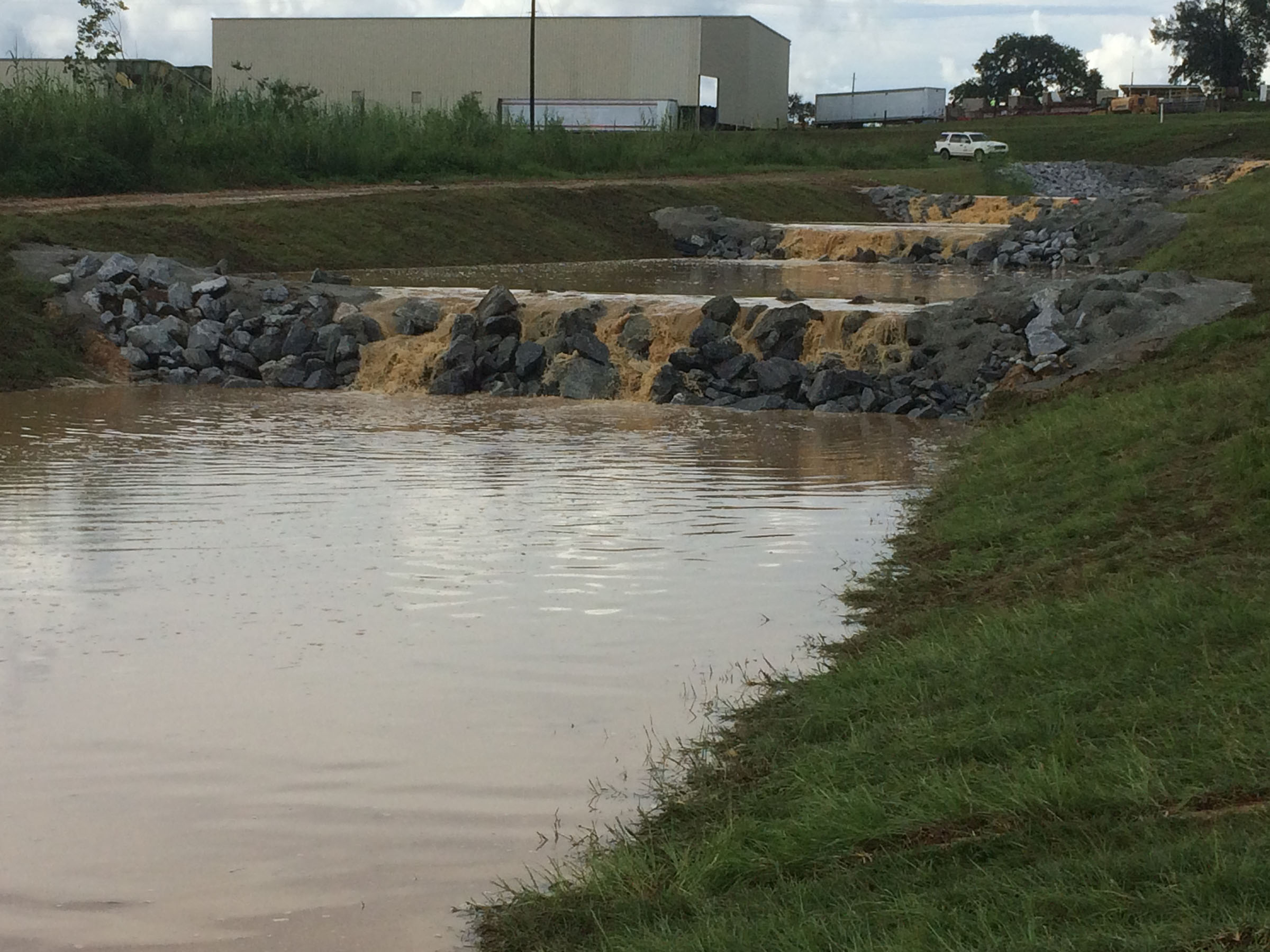
Mission Statement
Today’s municipal solid waste landfills are much more than places to dump household trash. They’re engineered facilities that are designed to hold and isolate the trash from the environment and are governed by both federal and state regulations. Landfill designers and operators face two main challenges to the integrity of their landfills. One occurs on the face of landfills, where there must be control of windblown litter, landfill gases, rodents, birds, and insects that scavenge and transmit disease, and potential fires. The other challenge occurs because of water within the landfill. Precipitation penetrates the surface on landfills where the daily cover is permeable. Water in contact with the trash picks up contaminants. If the contaminated water, or leachate, seeps out of the landfill, it can contaminate both surface waters and groundwater.
Escambia County Waste Services Department consistently strives to achieve and maintain environmental compliance and implementation of community outreach programs. Additionally, Waste Services Department has worked toward the achievement of the State of Florida 75 percent recycling initiative, and the manifestation of a long-term recycling solution for Escambia County by fostering cooperative ventures with the city of Pensacola and Emerald Coast Utilities Authority.

